On the gravitational nature of time
A novel relativistic geometry is presented, and several derivations are provided which yield observationally confirmed results within a 1% margin of error.
Status
You can check out preprint of the paper as it was submitted here.
Abstract time
Of course it is reasonable for someone to say "to find the divergence of the electric field, integrate over this closed service", or "to find the mass density, integrate over this volume", but what exactly do we integrate when we integrate over time? How do we define what it is that we are integrating over? And more importantly, how can we determine when we find some physics that is this integral of time?
If any physical process were to change in the same manner and magnitude as time itself, it would remain completely imperceivable to those in motion through this temporal dimension at the same rate as that process. If space itself were to dilate with time and our experience of time is this spatial dilation, how would we detect it if the devices we use to measure length rely on the underlying space that is now dilated? If one meter grows to two meters in one instance of some time equivalent, but everything around us, including our meter stick also scales by a factor of 2, how would we then measure this dilation?
Of course this notion falls apart if this, or any physical process dilates in a manner that is not equivalent to the nature of time, both in magnitude and in the quantity being modified, but what if we have detected this phenomenon centuries ago and are just now to understand it?
Mechanics without an explicit time dimension
Before moving forward, we should lay out some simple mathematics for deriving mechanics and simultaneity without an explicit time dimension. There exists many more time equivalent quantities that can be derived from various descriptions of motion, but these will suffice for what we are undertaking here.
A note on notation
Throughout this article the dot notation commonly associated with a time derivative is used to express a derivative of motion with no time dependence.
Proportional Derivatives
What is meant by proportional derivatives is that for any infinitesimally small value
The notion of proportional simultaneous integration1 simply describes the concept of moving some body
Note that simultaneity can be found for two proportional simultaneous integrals (PSI)1 when
where
Time Equivalent Quantities
As many existing formulas that might be of interest reference this abstract time dimension directly, we should define a time equivalent quantity that follows the model described here, but has no explicit time dependence and is proportional to our existing measures. Of course
As
It is my proposition that this is the role which time has played for our mathematics to this point. It does not appear that we are removing a quantity that is an inherent part of physics itself, but rather that we are reformulating a useful mathematical tool developed centuries ago to more accurately model the processes we are attempting to describe.
Time derivative equivalent
Consider that for
This gives
On the Pound Rebka results
As the famed Pound Rebka1 experiment compared velocities to the apparent acceleration of gravity, let us examine how this time equivalence is contained in their results.
Recall that the velocity they found through the relative motion of the emitter with respect to the receiver along a path normal to the Earth's surface was roughly
If we consider this experiment in the context of the time equivalent quantities described above, we should find that
As
We then find:4
This in turn produces the Pound-Rebka results as:
3-vector simultaneity
Special relativity produces an invariant 4-vector5, but what if we could collapse this 4-vector into pure space components, while still accounting for time and the dilation of time inherent to our existing models? The 3-vectors being proposed have an identical magnitude between reference frames in their derivative form, but the time component is now unnecessary to describe the system in question as displacement vectors are integrated over an elongated trajectory in the reference frame in motion. This in some sense breaks down the invariant nature of relativity based 4-vectors, but in turn produces a synchronicity that remains consistent between reference frames. While 3-vectors remain invariant in the model being proposed, the integral of
Simultaneity among relativistic 3-vector integrals
Consider two observers,
If
The equivalence principle
The equivalence principle, in which the force experienced on an accelerating platform in the direction of acceleration is believed to be indistinguishable from the force of gravity on the surface of a gravitational source if both are of the same magnitude, was foundational to Einstein's general theory of relativity. What if this equivalence principle is more than just a useful mathematical symmetry with mysterious origins, what if there is a physical mechanism for this equivalence?
In order to address this potential mechanism, we need to first describe the space which we are working in. The Universe is widely accepted to be expanding; we can measure this by calculating the Doppler shift produced by relative motion from stars and certain cosmic events at various distances. What is on the other side of this expansion is largely insignificant for this portion of the model being proposed, but there must exist something that encompasses this expansion. Even if this external space exists only in the mathematical sense, we can imagine a coordinate system that encompasses our expanding Universe. If the Universe were a blueberry muffin expanding as it bakes, this external space would be the interior of the oven. From here forward, I will refer to this space as
If we allow that this
Let us now consider
Consider now that this dilation, if applied to space, might be the source of the equivalence principle. The equation for gravitational acceleration is found to be
If we differentiate this with respect to
Let us now apply
As demonstrated in figure 1:
We can then describe this gradient,
Note here that
If we now solve
Note that
The Earth's polar radius was used in the calculation above. Using the Earth's equatorial radius reduces the discrepancy between this result and the velocity derived from observational data with respect to the CMB dipole to
, while using a radius derived from the standard acceleration of gravity produces a median error of .
Orbital velocity without an explicit time dimension
A verification of CMB dipole symmetry.Consider the diagram above, in which a body is in tangential motion with respect to the surface of the Earth. As
Expanding equation gives
Recall from the section on the time derivative equivalent,
This then gives
And then simplifying equation and solving for
If we then substitute our standard orbital velocity formula for
Relativistic center of mass shift
Consider the diagram in figure above. Recall that in the model being proposed, velocity derivatives should be proportional to some
We can then define
We then find for
Let us then recognize that
What this transcendental quantity implies is not yet well understood, but the occurrence of
Discussion
While this model is undeniably bold and will certainly be controversial, the proposed model is consistent with every experimental validation of SR and GR, and merely expands upon core concepts contained within the holographic principle and emergent gravity models to produce the physical description of space-time through space and motion alone. The model so closely mirrors the original work of Einstein, producing numerically equivalent results in the majority of cases, finding ways to distinguish this model from existing interpretations of relativity proved far more challenging than fitting existing experimental data.
While this model will and should be met with a high degree of skepticism, I believe the results speak for themselves. Among other phenomena that fall out of this model, there now exists the concept of a temporal plane, a spherical 'surface' of an equal spatial density, giving a new equi-potential of sorts. Combining this model with electromagnetism opens the door to a new interpretation of electric charge, and provides an opportunity to more completely unify the electromagnetic field and potentially bind the electromagnetic field with gravity. When considering the notion of a new equi-potential with the fact that the proposed spatial gradient along an infinitesimally small radius,
Geometry of the proposed temporal plane
The notion of a spherical plane can be considered in many ways analogous to the accelerating platform in common equivalence principle demonstrations. For radius
The ability to describe this spherical surface as an equi-temporal plane can provide a new tool in our efforts to finally bind electromagnetism with gravity, as Maxwell's equations in their current form strongly indicate that the magnetic field and electric fields differ only in relation to this proposed plane. This, I argue, is the source of the dipole nature of the magnetic field.
Further, this model describes the apparent gravitational acceleration as the relative motion of space, not the observer in apparent free fall. This model gives
Footnotes
-
For this reason, when integrating
-
In units of time as they appear in the traditional notion velocity. ↩
-
Note that
-
A vector with 3 spatial components and 1 time component. ↩
-
The integral of the displacement vector of a length equivalent to 1 unit of time for a given velocity. For
-
-


